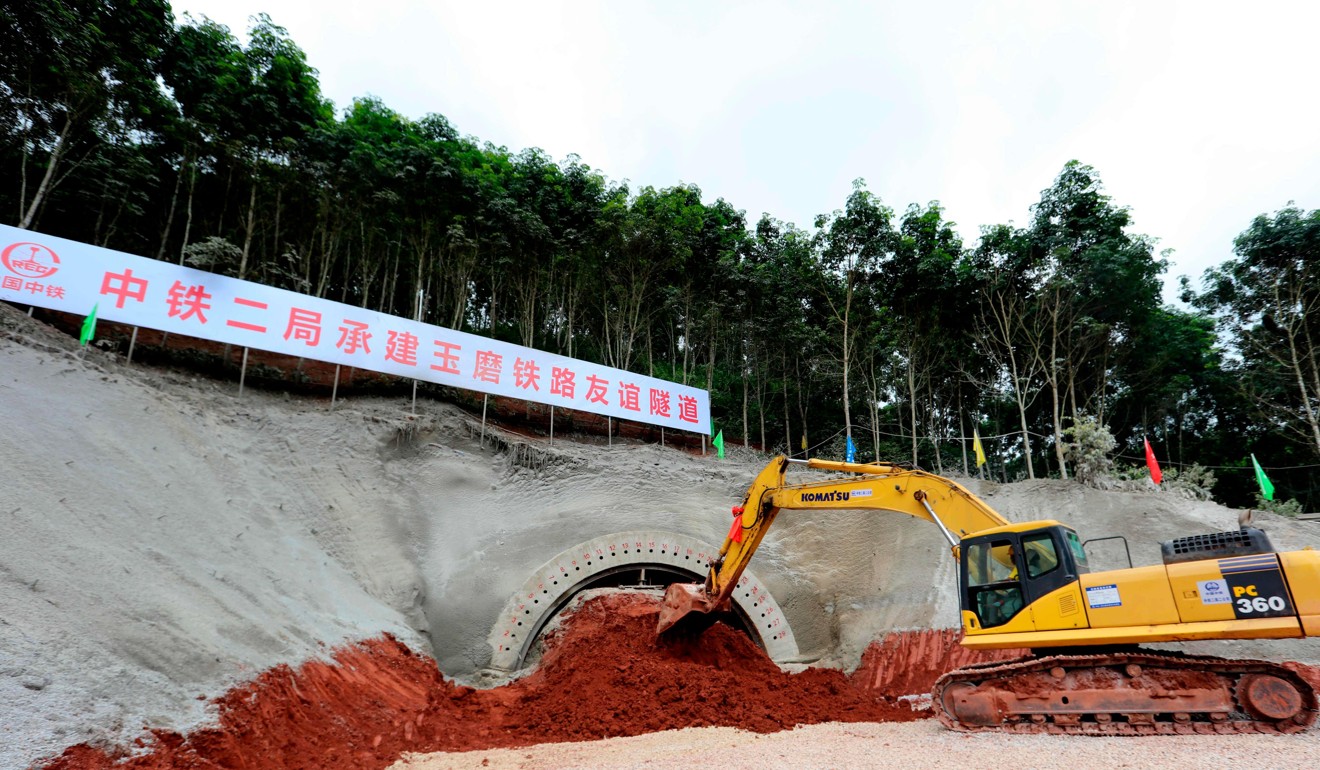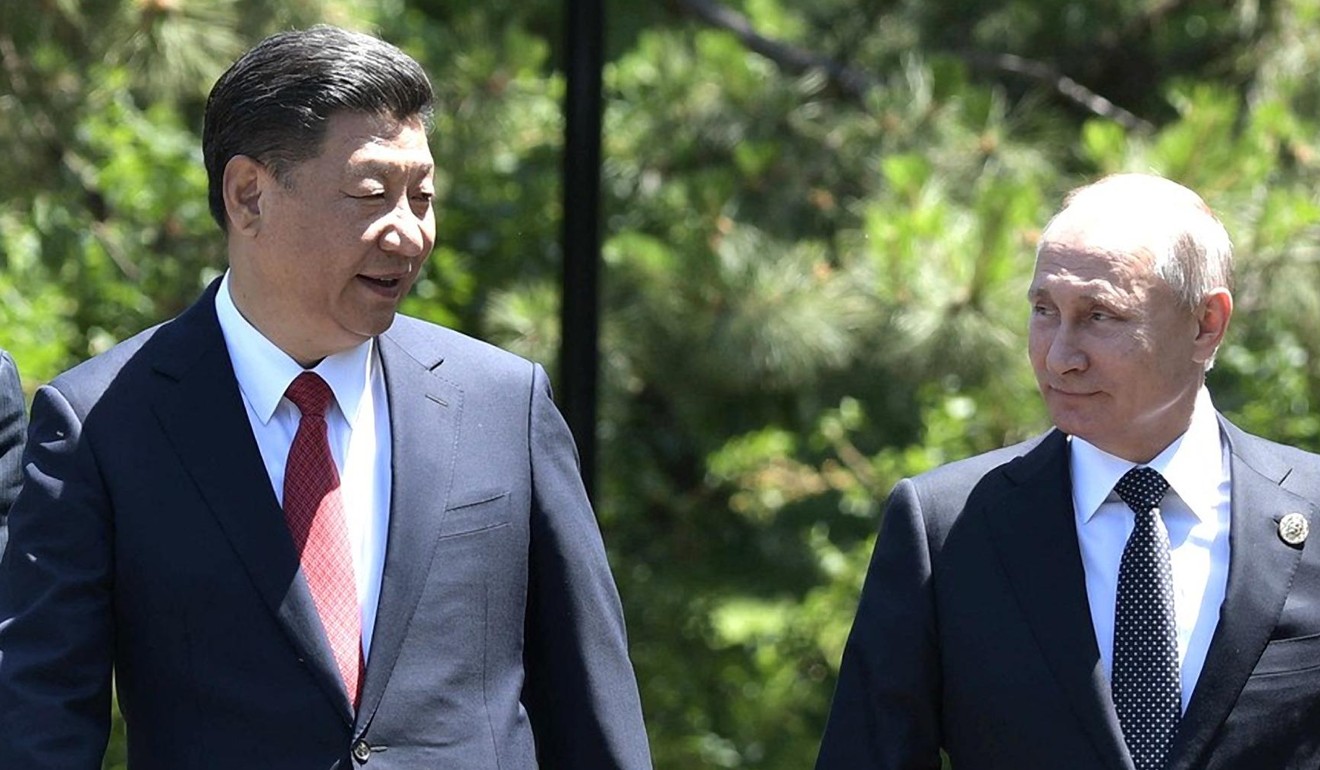
Is Beijing’s grand strategy benefiting smaller companies?
When it comes to the extent to which the ‘Belt and Road Initiative’ is generating opportunities for small- and medium-sized outfits across the route, opinions are divided
Beijing’s global economic strategy, the “Belt and Road Initiative” (BRI), provides great opportunities for large companies along the proposed overland and maritime routes, but small businesses appear to be missing out, according to China expert, Ashley Galina Dudarenok.
The founder of Alarice International, a marketing agency focusing on China social media, and ChoZan, a platform to help marketers understand China’s digital world, says that Beijing’s initiative, when first launched, seemed attractive to all types of businesses with small- and medium-sized enterprises (SMEs) looking forward to working with the bigger companies and state-owned enterprises (SOEs).
However, Dudarenok, a Russian who spent five years in China and is now based in Hong Kong, says she has yet to see the drip-down effect of the initiative, which is aimed at fostering connectivity and cooperation in Eurasia.
“As for OBOR [one belt, one road, now called the ‘Belt and Road Initiative’] in my view – and in what I see across OBOR countries – the opportunities are not there for SMEs, but rather for big, often state-owned, construction companies and service businesses,” Dudarenok says. “Contract for tenders are often acquired through corrupt practices.
“I deal with a lot of companies in Russia and other countries that are supposed to be part of the OBOR initiative, and I have yet to see small businesses having meaningful and beneficial participation.
“The whole OBOR exercise is largely a PR exercise for China, which is great for China, yet not necessarily for many other countries. As a leading regional and global power, China is definitely benefiting from it.”

It provides companies in member countries the chance to build joint ventures with Chinese firms in infrastructure to expand trading routes and the transport of goods.
Dudarenok, however, says it is mostly China that benefits from the initiative.
“China gains greatly by exporting manufacturing goods to new economies because China needs to sell its overproduction and expand to new markets,” she says, adding that with the construction boom in the Chinese mainland over the past 10 to 20 years, the country needs new markets to “build up”, and with that, Chinese construction firms will benefit. “China is doing the right thing, but for themselves. They are smart and they are playing the long game.”
“As for SMEs – I am yet to see an SME in, say, Hong Kong benefit from the initiative. Unless you want to count those roadside eateries in Laos, Cambodia and Kazakhstan that feed construction workers, and even they are Chinese owned.”
Dudarenok’s views go against what most experts say about Beijing’s initiative, which they feel will bolster small businesses that are able to feed off contracts won by larger companies.
Alicia Garcia Herrero, chief economist for Asia-Pacific at NATIXIS, disagrees that small business will be left out.
The whole [belt and road] exercise is largely a PR exercise for China, which is great for China, yet not necessarily for many other countries
“While the major projects will be managed by large companies, they will still need to subcontract part of the execution so smaller companies will also have a role,” Herrero says. “In addition, the belt and road is not a zero-sum game but rather a new opportunity in as far as one of its main objectives is to create new trade routes be [they]for goods or for energy pipelines. In other words, smaller companies are to benefit directly through subcontracting with a part of the pie or indirectly.
“It is important for small business to become more international as many of [these] projects will be cross-border with associated risks.”
Jason Ji Xianbai, a doctoral candidate at the S. Rajaratnam School of International Studies, Nanyang Technological University in Singapore, suggests SMEs take advantage of Beijing’s initiative from the supply and demand sides.
“Big companies will not crowd out small businesses,” Ji says. “There will hopefully be a market-oriented division of labour between companies of different sizes since they boast differentiated comparative and competitive advantages.

Ji says Beijing’s initiative, although initially focused on infrastructure, will evolve into a multidimensional business ecosystem that demands more people-to-people connectivity that would spark opportunities in trade, services, logistics, catering, hospitality, tourism, education, production sharing and investment – all of which require SME involvement.
“The ultimate success of the BRI strategy will be judged not only by the number of ports that are being built or the length of roads paved, but also [by the] extent [to which] the infrastructure built under the BRI umbrella is used by traders including SMEs,” Ji says. “SMEs on their side should always stay informed about the latest development of BRI projects and proactively devise strategies on how to leverage BRI projects to broaden their market reach to countries along the belt and road.”
Yukon Huang, senior fellow, Asia Program at Carnegie Endowment for International Peace, says the massive scale of the initiative means small businesses would benefit.
“It depends on the nature of the project,” Huang says. “Also, on who is managing the project and the source of financing. If financing is coming from China, this may well mean involvement of its large SOEs but they will also need local partners and these could be smaller companies.
“If financing is being provided by the participating countries locally or by international syndicates, the company mix will be diverse. Much of the activity will involve services from engineering firms, project management specialists, financial and project implementation teams. These typically are smaller firms.”

